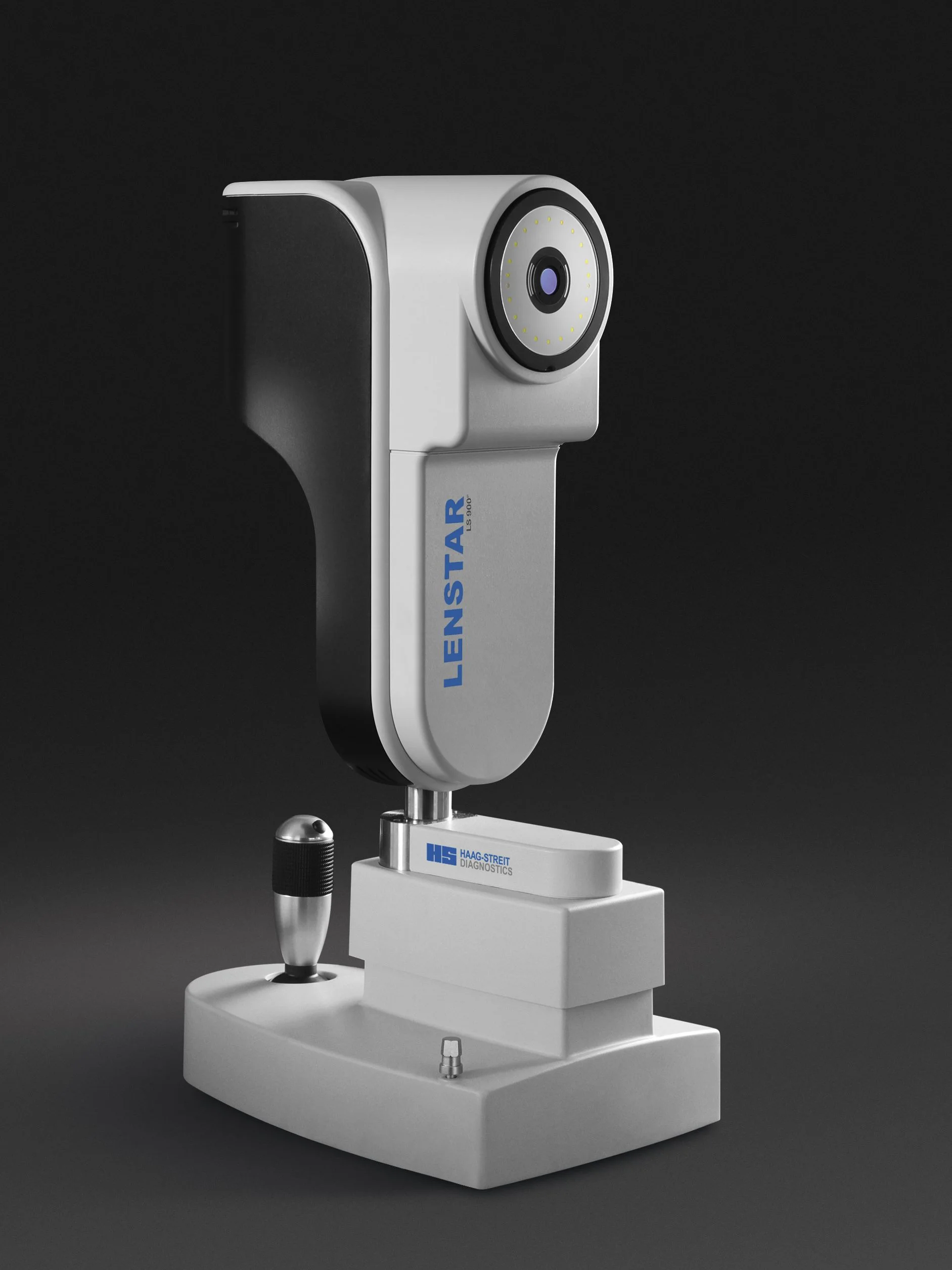
Lenstar Biometry for Myopia Management
The Haag-Streit Lenstar biometer measures the axial length of the eye, a critical measure for assessing the progression of myopia especially in children and adolescents
Home » Technology » Corneal Topography
The cornea is the clear tissue in front of the iris (the coloured part of the eye) and the pupil. It plays a critical optical role and also protects the eye from infection, dust and other harmful particles.
Because the cornea and the tear film that it supports is the first structure that light passes through before coming to a focus at the back of the eye, any irregularities in the corneal surface can result in significantly reduced vision.
Corneal topography provides a 3-D map of the front corneal surface. This enables us to see the characteristics of its curves and to detect any surface irregularities – important for diagnosing conditions such as astigmatism, keratoconus, pellucid marginal degeneration and other rare corneal conditions.
Images from the corneal topographer are used for orthokeratology and for fitting other rigid gas permeable (hard) and miniscleral contact lenses.
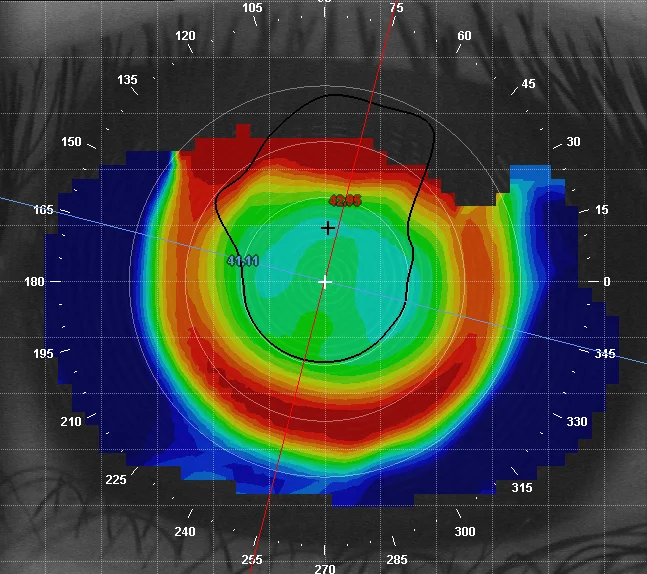
Learn more about the technology that we use at Collins Street Optometrists

The Haag-Streit Lenstar biometer measures the axial length of the eye, a critical measure for assessing the progression of myopia especially in children and adolescents
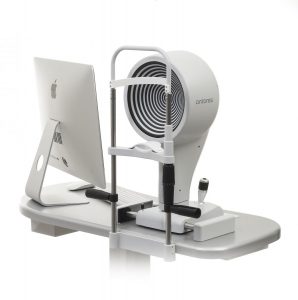
Keratography with the Oculus K5 instrument is an invaluable tool for the assessment, diagnosis and classification of dry eye
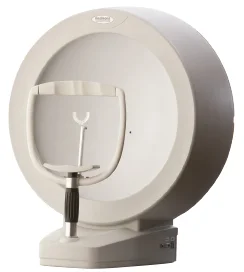
Measurement of visual fields by automated perimetry is an important technique for assessing glaucoma and neurological conditions
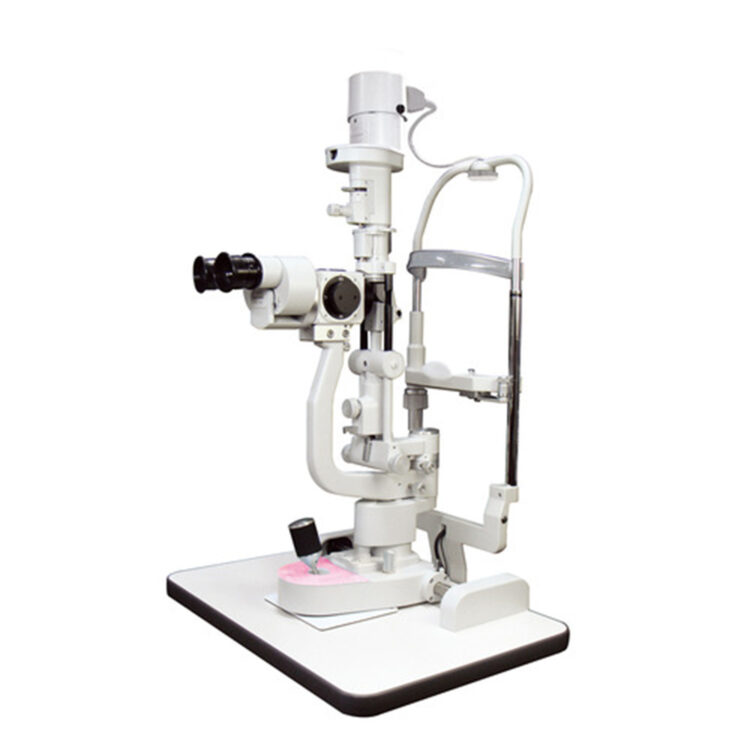
High quality magnification and lighting are essential for examining the front of the eye and detecting subtle changes, which is assisted further by the recording function of digital photography
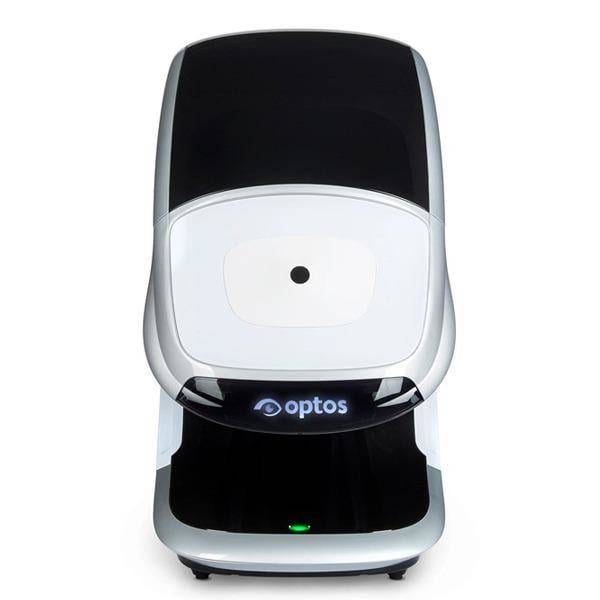
Our Optos Daytona scans the retina with two lasers through a range of 200°, where by comparison, standard digital retinal photography captures only the central 45°
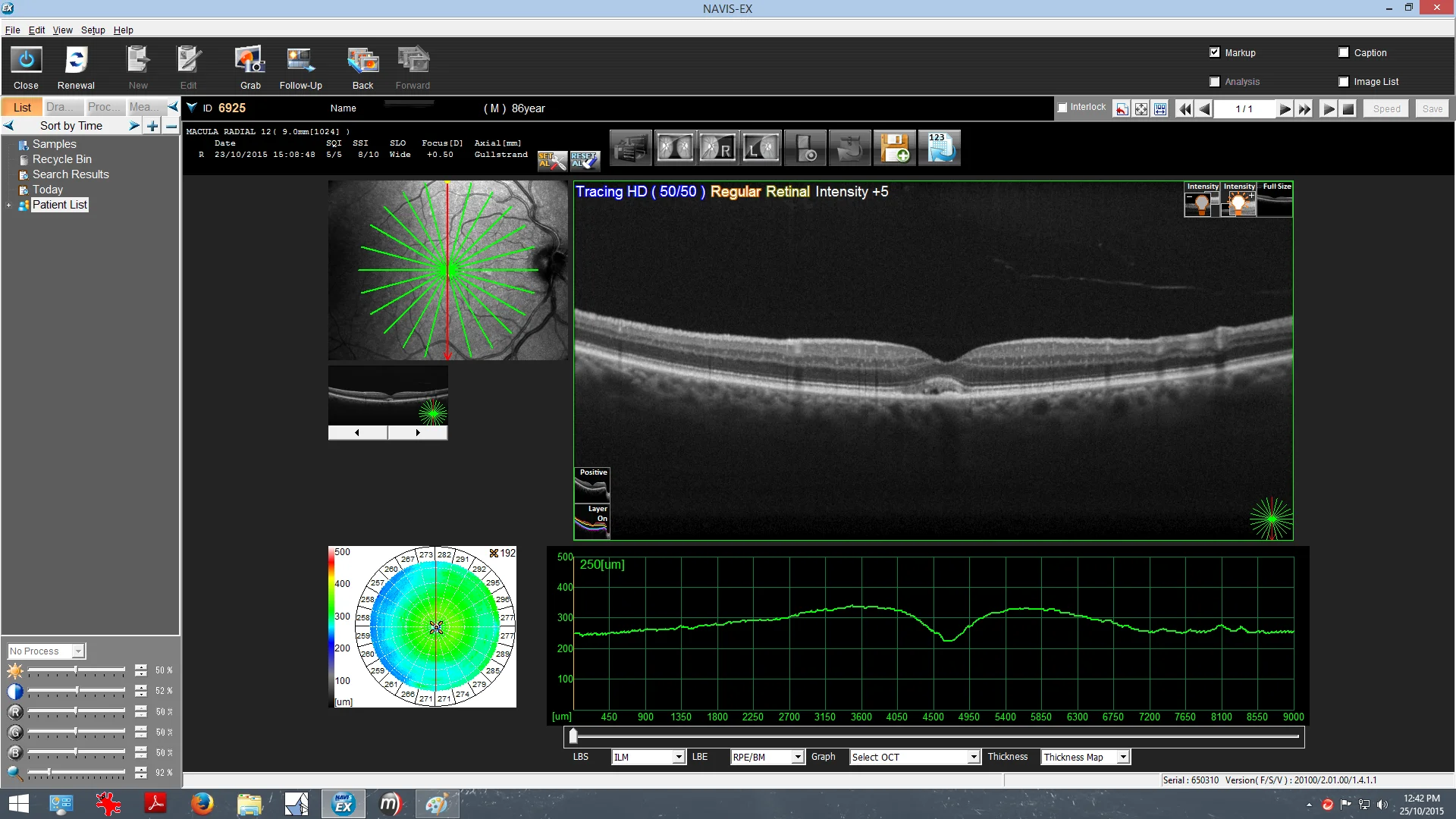
Optical Coherence Tomography is a non-invasive imaging technology used to capture cross-sectional images of the retina and is an essential aid in the diagnosis of retinal disease and glaucoma
Monday - Friday
9AM - 6PM
Saturday - Sunday
CLOSED